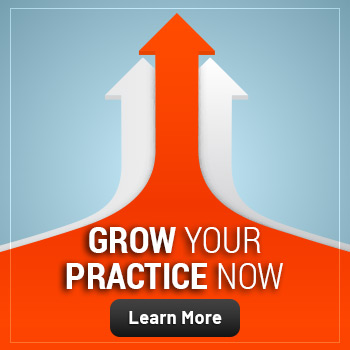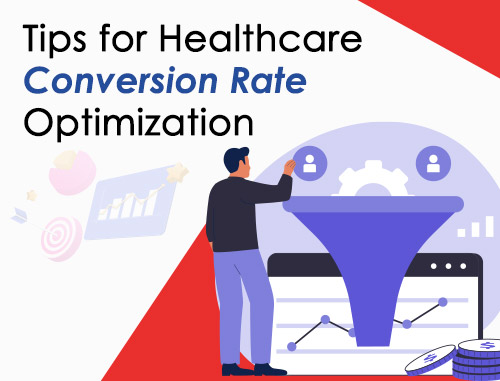What Marketers Don’t Know About Effective Audience Targeting
Posted on
Do you spend a lot of money on great advertising, and it doesn’t reach its intended recipients? You shouldn’t show ADs to everyone! People only notice those ADs that are truly relevant to them. Aim at those who may eventually become your client. Find what interests them. How to do it? Read this article to learn all the secrets.
Why Analyzing the Target Audience’s Needs Matters
Think about how well you know your client. Brands that know how to reach their TA win. Correct targeting makes marketing smarter, more precise, and effective. Engage with different segments. Learn demographics, interests, online behavior, or geographic location. Modern marketers rely on behavioral targeting. It uses information about past user interactions to predict future intent. Each impression should serve a specific purpose and foster meaningful engagement.
Effective audience targeting helps experts increase advertisement relevance and conversion, reduce ineffective advertising spending on low-intent users, and deliver personalized messages across all channels.
Expert Audience Targeting Strategies
We’ll share some great strategies with you. Now you can easily attract patients to your medical facility.

1. Engage with Your Audience
Use surveys, questionnaires, or social media feedback. Develop a good communications strategy.
2. A/B Testing Targeting
Compare different content or AD creative versions. Try to determine which resonates best with each audience segment. Refine the messages you communicate to your potential customers. Make decisions based on data.
3. Create Audience-focused Content
Instagram helps marketers engage with their potential customers. Pay attention to visual materials and real-life stories. Be sure to research customer behavior. What pain points do they want addressed? On LinkedIn, prioritize analytical content. You can post success stories and share your professional knowledge. Regularly analyze competitors’ content and use modern targeting tools.
4. Google Ads for Remarketing
Conduct precise remarketing. Re-engage users who are interacting with your content. Increase the likelihood of conversion and improve user retention. Create special personalized visitor segments and deliver ads tailored to their previous behavior.

5. Track and Analyze Performance
Heatmaps help to understand how online visitors interact with your site. Find out which pages convert, when users leave, and how content influences behavior. Use this data to continuously optimize your digital experience.
6. Prioritize SEO in Your Targeting Strategy
Include relevant keywords and intent-based phrases in your content strategy. Try to reach users who are already interested in your product or service. Organic visibility complements paid targeting and increases long-term brand awareness.
Types of Data Used in Audience Targeting
Explore your website, and analyze your loyalty programs or CRM system. Collect first-party data from your online visitors. First-party data provides accurate info about your most engaged clients. It facilitates predictive analytics and personalized marketing. You should create various client profiles, ensure precise targeting, and improve your campaign effectiveness.
Third-party data help specialists to expand existing audiences and find new potential clients. But today privacy regulations are becoming more stringent. So, third-party data becomes less reliable. Adopt cookie-free and consent-based approaches. Maintain targeting accuracy without compromising regulatory compliance.

Common Audience Targeting Challenges and How to Solve Them
Data quality, privacy regulations, and fragmented marketing channels make precise targeting more challenging than ever. You can overcome key obstacles!
1. Poor Data Quality
Many organizations still rely on third-party cookies or non-behavioral demographic data. It doesn’t reflect real user intent. So, leverage first-party data and AI-powered analytics. You can create accurate and useful audience profiles. Implement a customer data platform to unify engagement across all channels. Use AI-powered audience targeting. Process real-time behavioral signals and predict high-intent users. Collect audience data through preference centers and surveys, and improve personalization.
2. Overlapping Targeting Leads to AD Fatigue and Wasted Spend
Don’t tire your potential customers out. Seeing the same AD message multiple times will simply irritate them. You’ll attract attention, but it will be negative. Know your limits and be precise in your targeting. AD fatigue is a serious problem faced by many marketers. Avoid their mistakes. Optimize audience segmentation and frequency cap. The key is precise targeting, not intrusive advertising. Be sure to exclude users who have already converted. There’s no need to conduct repeated retargeting. Simply use lookalike audiences to expand your reach. Implement programmatic audience targeting with automatic frequency capping.
3. Privacy Regulations Change
Marketers see a decline in cookie usage and stricter privacy laws. They are now forced to collect and use data differently. Move to internal consent-based data strategies. Invest in privacy-focused analytics and leverage anonymized behavioral data.

4. Channel Consistency
Do not be inconsistent in your AD messages to your audience. This undermines brand trust. Create a unified audience structure and align your social media, email, and content campaigns.
5. Mobile Audience Targeting Is Limited by Privacy Settings
Mobile devices account for over 60% of digital AD impressions. Unfortunately, now mobile targeting is becoming challenging. Privacy updates limit the capabilities of third-party tracking tools. Retargeting became fragmented and unreliable. Marketers need secure tools that don’t rely on cookies. Create mobile-focused creatives. Use vertical videos, interactive surveys, and click-to-disclose formats. Also, cross-device identity resolution can be used to unify user behavior across desktop and mobile devices. Run mobile-optimized programmatic campaigns for increased targeting accuracy.
6. Scaling Your Marketing Efforts
Don’t increase advertising spending before collecting sufficient high-quality conversion data. Without this foundation, advertising platforms misinterpret audience signals, leading to poor optimization and ineffective spending. Unfortunately, many make this mistake. Don’t be one of them!
7. Feed the Algorithm High-quality Audience Data
Use precise, high-intent segments from the start. Make campaigns with AI-modeled target audiences. Use predictive scoring to prioritize users most likely to convert. Supplement campaigns with third-party data or verified third-party data for early-stage campaigns.
Conclusions
Now you can allocate your budget more effectively. Understand your special target audience to create a highly successful marketing strategy. Create precise buyer personas that define your brand’s tone and message. Develop campaigns that truly resonate with your ideal clients. We’re happy to help you define your TA and market your medical facility. Contact us for assistance. And confidently take the lead. With us, your advertising will reach its intended recipients and turn them into loyal patients.

 7 Christmas Social Media Post Ideas for Hospitals ..
7 Christmas Social Media Post Ideas for Hospitals .. How to Create a Winning Healthcare Marketing Strat..
How to Create a Winning Healthcare Marketing Strat.. Tips for Healthcare Conversion Rate Optimization
Tips for Healthcare Conversion Rate Optimization